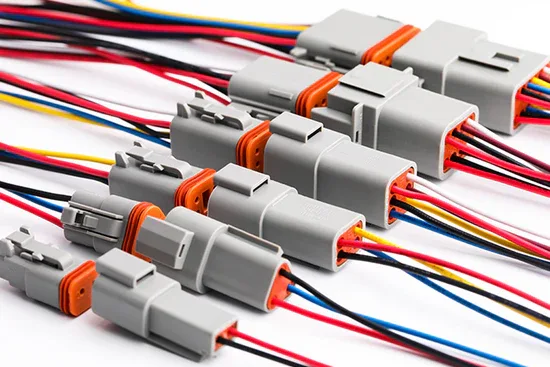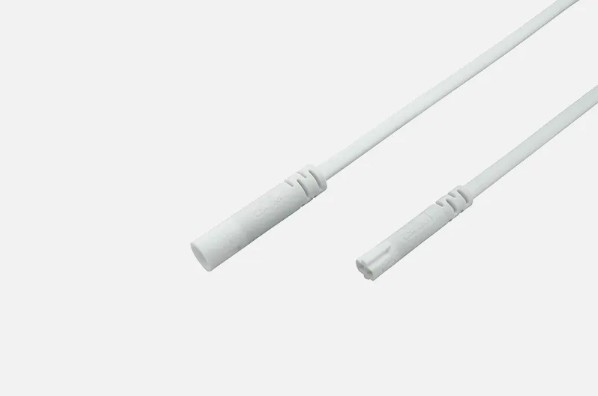Introduction
In LED lighting systems, achieving optimal electrical conductivity is paramount to ensure efficient operation and longevity. At the heart of many LED installations lie 3-pin LED strip connectors, pivotal components that facilitate seamless connectivity between LED strip lights and power sources. This article delves into the intricacies of 3-pin LED strip connectors, elucidating how they guarantee optimal electrical conductivity and minimal signal loss.

Understanding the Design and Functionality of 3-Pin LED Strip Connectors
3-pin LED strip connectors are ingeniously designed to provide a reliable interface between LED strip lights and power supplies. Comprising three pins – typically denoting positive, negative, and data channels – these connectors establish essential electrical connections, enabling the transfer of power and data signals. Proper alignment and secure connection of 3-pin LED strip connectors are crucial for maximizing conductivity and minimizing signal loss.
Factors Influencing Electrical Conductivity and Signal Loss
Several factors influence the electrical conductivity and signal integrity of 3-pin LED strip connectors. Conductor material, cross-sectional area, and contact resistance are pivotal in determining conductivity. Furthermore, environmental factors such as temperature and humidity can impact signal transmission, necessitating robust design considerations to mitigate signal loss effectively.
Engineering Solutions for Optimal Performance
3-pin LED strip connectors incorporate various engineering solutions to mitigate signal loss and ensure optimal performance. These include utilizing high-quality conductor materials, strategic placement of shielding and insulation, and meticulous attention to contact design. Manufacturers enhance conductivity and minimize signal interference by employing these measures, resulting in reliable LED lighting systems.
Ensuring Compatibility and Interoperability
Compatibility between 3-pin LED strip connectors and LED strip lights is essential for seamless integration within lighting systems. Manufacturers adhere to industry standards and certifications to guarantee interoperability, facilitating effortless connection and operation. Users should prioritize selecting connectors from reputable manufacturers to ensure compatibility and reliable performance in their LED installations.
Practical Considerations for Users
Proper installation and maintenance are paramount to maximize the effectiveness of 3-pin LED strip connectors. Users should adhere to manufacturers’ guidelines to ensure correct alignment and secure connections. In the event of connectivity issues or signal loss, troubleshooting techniques can be employed to identify and rectify the underlying causes. Additionally, selecting 3-pin LED strip connectors based on specific application requirements, such as waterproofing and voltage ratings, enhances overall system performance and longevity.
Conclusion
In conclusion, 3-pin LED strip connectors ensure optimal electrical conductivity and minimal signal loss within LED lighting systems. By understanding the design principles, engineering solutions, and practical considerations associated with these connectors, users can make informed decisions to achieve reliable and efficient LED installations. Embracing compatibility, adhering to industry standards, and practicing proper installation techniques are vital to harnessing the full potential of 3-pin LED strip connectors in modern lighting applications.



